Difference Between Biolistic and Microinjection
Key Difference
Biolistic and microinjection are two techniques used in genetic engineering to introduce foreign DNA into cells, but they differ significantly in their mechanisms and applications. Biolistic, or the gene gun method, involves shooting microscopic particles coated with DNA into the cells. Microinjection, on the other hand, involves directly injecting DNA into cells using a fine glass micropipette.
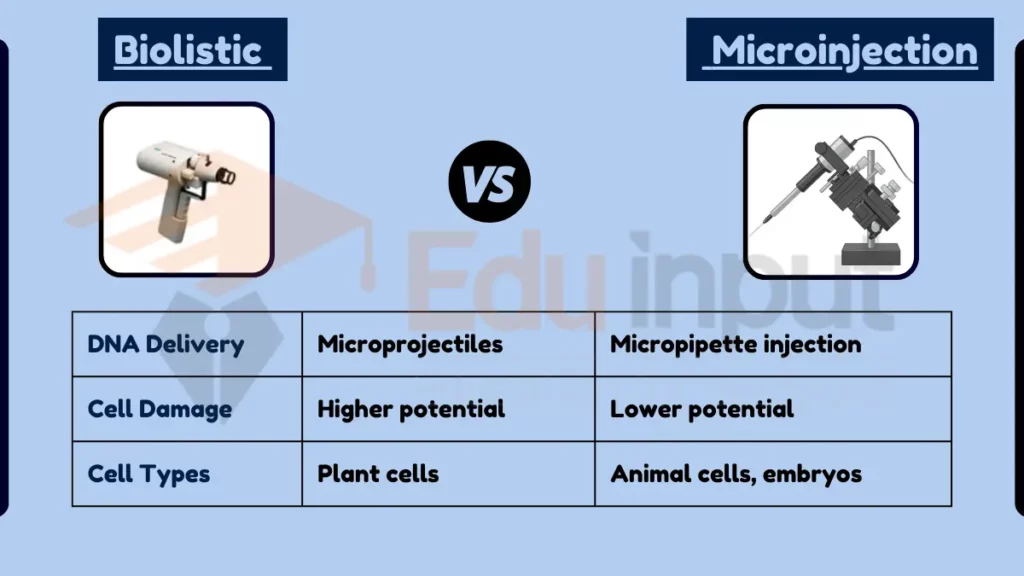
Comparative Analysis
- Mechanism of DNA Delivery:
- Biolistic: Uses high-velocity microprojectiles to deliver DNA.
- Microinjection: Directly injects DNA with a micropipette.
- Cell Damage and Viability:
- Biolistic: Higher chance of cell damage.
- Microinjection: More precise, less damaging.
- Types of Cells Targeted:
- Biolistic: Effective in plant cells and tissues.
- Microinjection: Commonly used in animal cells, embryos.
- Efficiency and Success Rate:
- Biolistic: Varies, less efficient in some cells.
- Microinjection: High precision, but technically demanding.
- Applications:
- Biolistic: Widely used in plant genetic engineering.
- Microinjection: Used in IVF, animal genetic studies.
Table Summary
| Feature | Biolistic (Gene Gun) | Microinjection |
|---|---|---|
| DNA Delivery | Microprojectiles | Micropipette injection |
| Cell Damage | Higher potential | Lower potential |
| Cell Types | Plant cells | Animal cells, embryos |
| Efficiency | Varies by cell type | High precision |
| Applications | Plant genetics | IVF, animal genetics |
Biolistic and microinjection methods serve distinct purposes in genetic engineering, with biolistic being more suited for plant cells and microinjection offering precision for animal cell and embryo manipulation. Each method’s choice depends on the specific requirements of the genetic modification process.

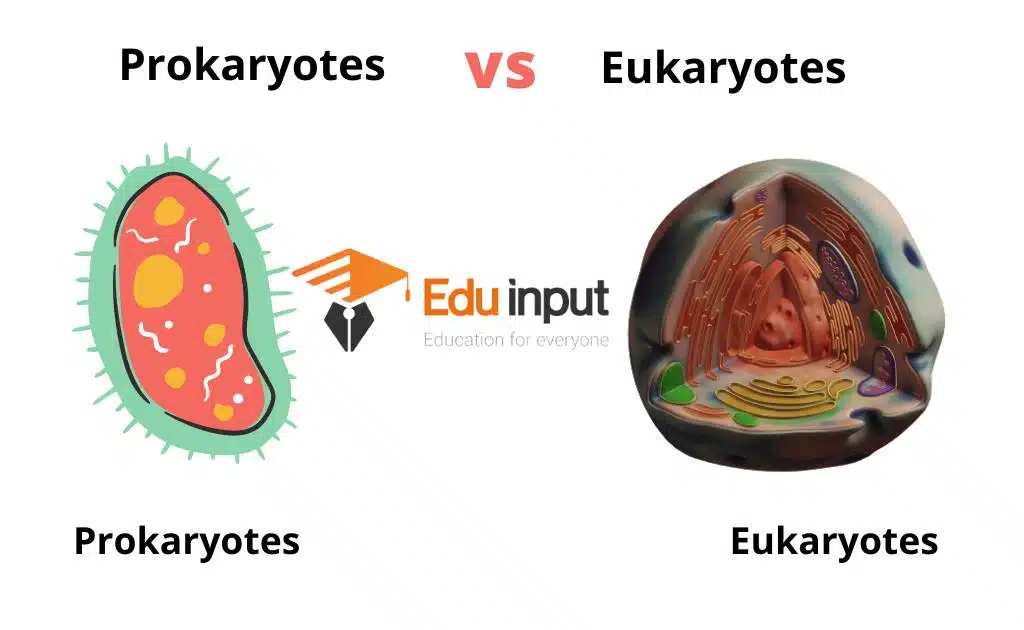
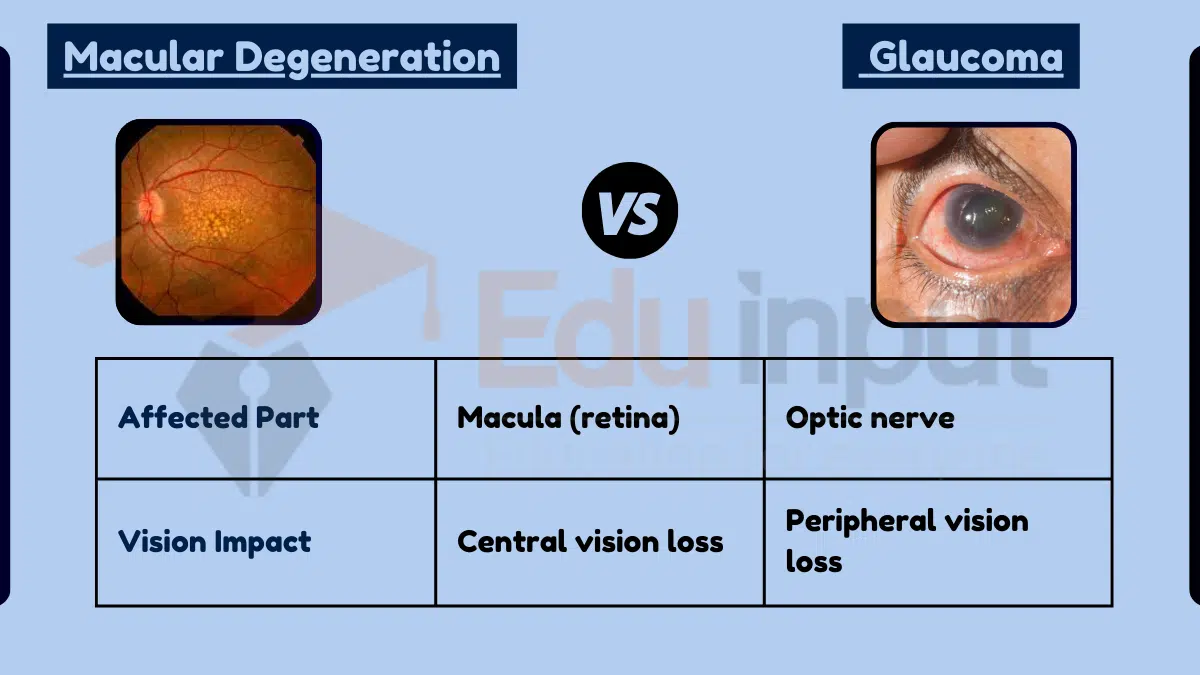
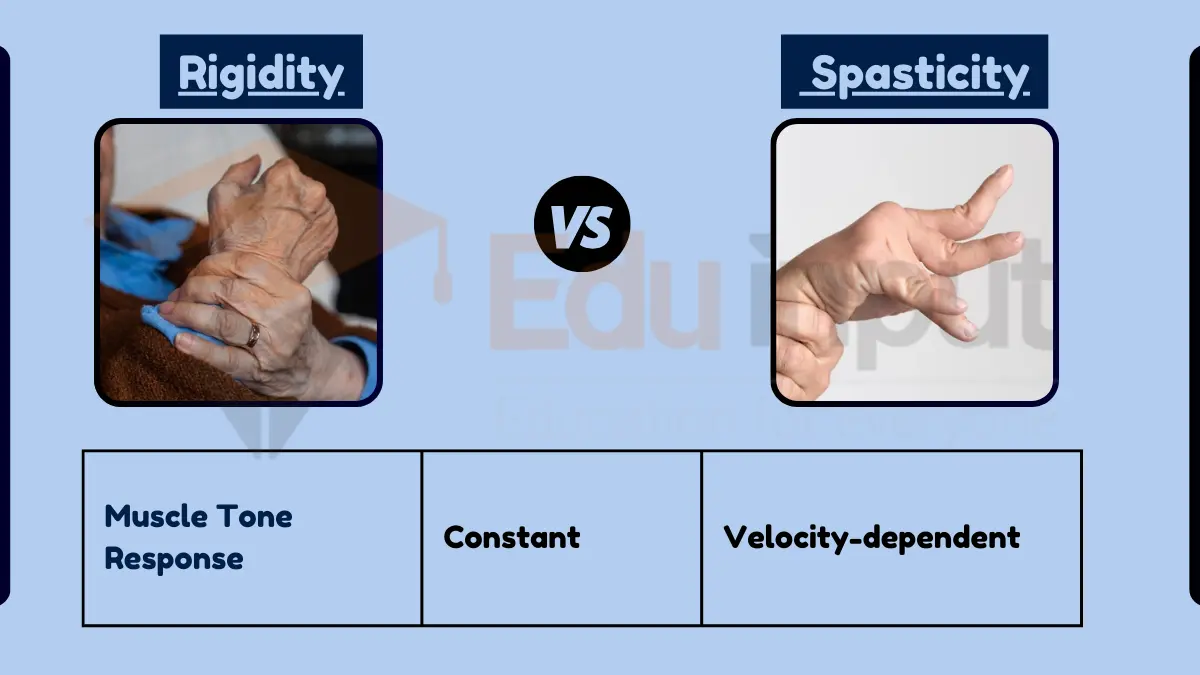
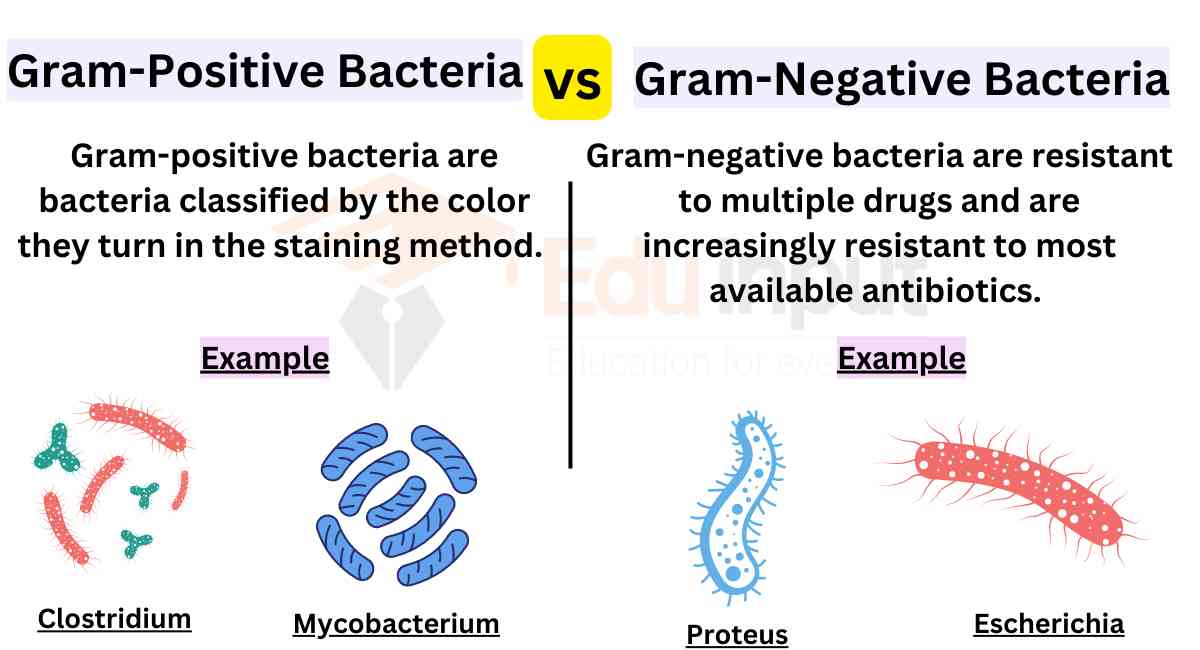


Leave a Reply